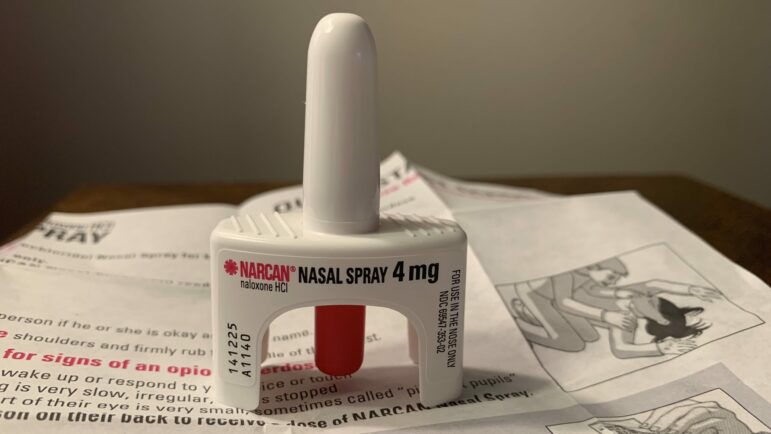For the first four-and-a-half months of this year, Jefferson County has a seen a decrease of almost 29% in overdose deaths, as compared to the same period last year. Those numbers come from the Jefferson County Coroner’s office and may show a big shift, after years of increases.
Chief Deputy Coroner Bill Yates helps investigate possible overdose deaths. He hopes that downward trend continues, but he’s cautiously optimistic.
“If we’re going to surpass the previous year, we’ll see that trend start in the first quarter of that year,” said Yates. “And so, we’re not seeing at this time. So that is great. So, this is going to be the first time in a few years that we haven’t seen an increase.”
Yates notes that nationally overdose deaths decreased last year by about 5%. However, the state saw an increase of about 8%.
Jefferson County also saw a record-setting number of overdose fatalities last year — an increase of about 10% over 2022 — itself following five consecutive years of increases. All of which are reasons why the decline in numbers so far this year is all the more of an achievement.
“It is really encouraging to see this downward trend,” said Yates.
Dr. Darlene Traffanstadt, medical director with the Jefferson County Department of Health, is hopeful, too, that overdose deaths will remain in decline.
She believes the reason for the decrease is multi-fold. There’s been more funding for anti-addiction efforts, from both federal sources and settlements with opioid manufacturers and distributors. Peer recovery support has improved, and there’s also the overdose-reversing drug Narcan.
“I think Narcan accessibility, Narcan moving from a prescription drug to an over-the-counter drug has greatly increased our capacity to get it out into the community,” she said.
According to Traffanstedt, one reason Narcan is so effective in saving lives is that it’s easy to use. But she doesn’t believe the effort to combat addiction and overdoses is over.
Traffanstedt says illicit fentanyl, the extremely potent synthetic opioid still accounts for about 80% of overdose deaths. Also, new, even more powerful, drugs are hitting the streets.
Looking ahead, she thinks another weapon in the fight is public awareness.
“I think the most important thing is that we remove the stigma around substance use,” she said. “I know very few families that have not been impacted by this at this point in the epidemic.”
Traffanstedt would like to see continued efforts to train people in Alabama about how to save someone from an overdose.
“We need businesses to engage around educating their employees about the availability of Narcan,” she said. “We need people to begin to think about Narcan as a bystander lifesaving intervention, just like AED’s (automatic external defibrillators) and CPR. And so, if there’s an AED in a business, there should be a Narcan kit with it.”
Traffanstedt said the opioid crises remains a public health emergency and the best approach is to fight it as a community.
“We’re very committed to continuing all of the work that is ongoing and continuing to innovate in this space,” she said. “We want to make sure we do not take our foot off the gas pedal.”

